I Have Rosacea—These Are the *Only* Foundations That Cover My Patchy Redness
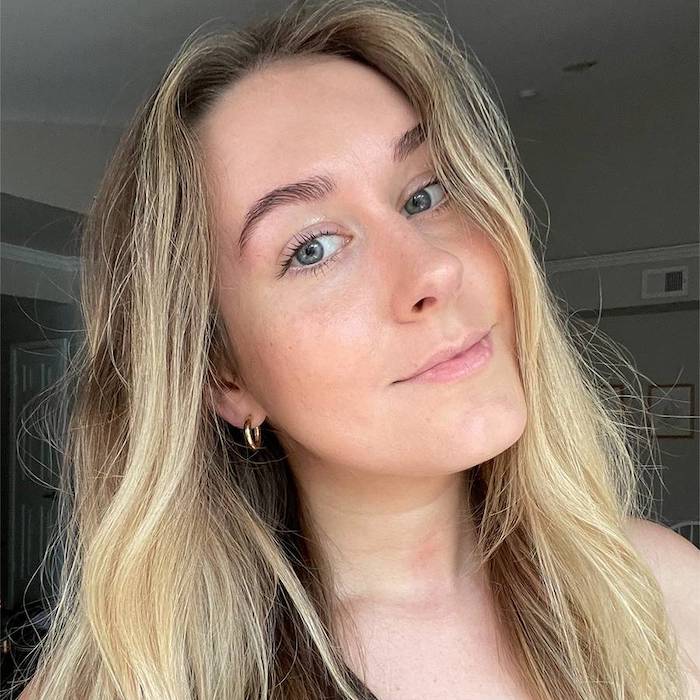
My foray into makeup was during my freshman year of high school. My first class of the day was a dreaded (yet mandatory) gym class. I’d arrive at school at 8 a.m., change in the locker room, and head out to the gymnasium’s parquet floor. From there I was forced to participate in all kinds of sports and activities until the hour was up. (Nowadays, if you told me I had to run a timed mile before drinking coffee and after eating a sugary bowl of cereal for breakfast, I would cry.)
What does this have to do with makeup, you ask? Well, I was a ninth-grader with rosacea, so no matter how much energy I didn't exert or effort I avoided, I would inevitably head to my next class with a bright red face. It was so bad that on multiple occasions, classmates asked me if I was okay. Embarrassed, I would nod yes, excuse myself to go to the bathroom, and pack on a cheap powder foundation.
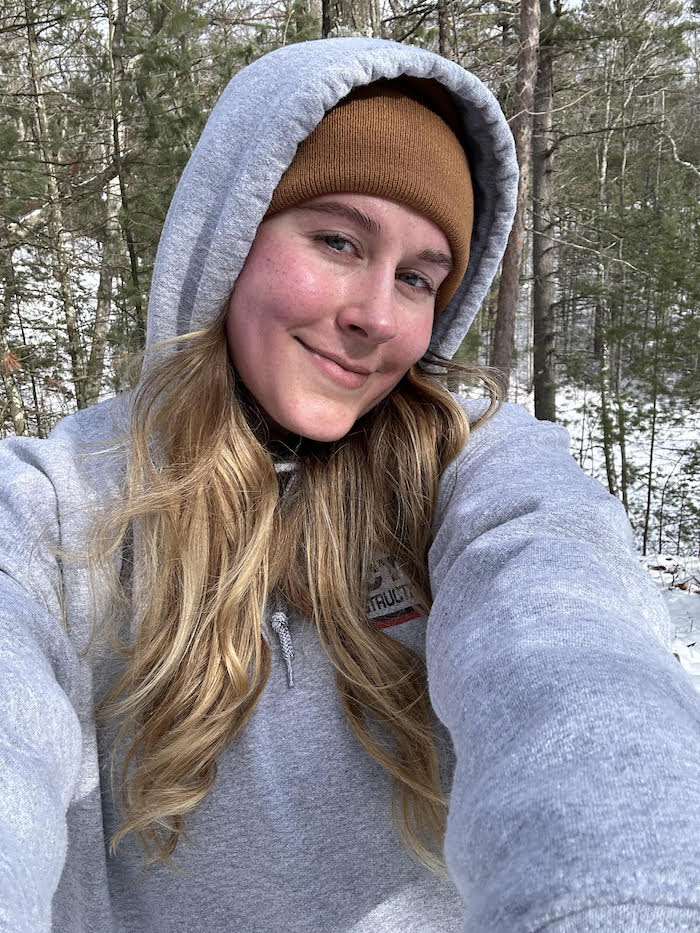
My skin after a three-mile hike outside in cool spring temperatures.
Since then, my rosacea hasn’t improved, but my relationship with it has. After learning that over 415 million people deal with it worldwide, it no longer embarrasses me. I’ve even learned to manage flare-ups and avoid triggers such as alcohol, intensely hot or cold temperatures, and anxiety. I still exercise, but now I focus on low-intensity workouts, like walking, to keep facial flushing at bay.
I’ve also tested hundreds of foundations to discover the diamond-in-the-rough formulas that cover my patchy redness without looking heavy, cakey, or obvious on my skin—that aforementioned drugstore powder foundation could never. Keep scrolling to see the seven best foundations for rosacea, from light to high coverage.
First, What Is Rosacea, and What Are the Symptoms?
Rosacea is a skin condition in which the skin flushes or reddens more easily than is considered "normal." As the American Academy of Dermatology reports, it usually presents on the nose and cheeks but can spread to other areas like the forehead and chin and even the chest, back, and ears. Aside from redness, people with rosacea may experience uncomfortable sensations such as dryness, tightness, stinging, and burning. In some cases, the skin can become flaky, thick, or textured.
The Four Subtypes of Rosacea
Interestingly, rosacea is a catch-all term. There are four subtypes:
- Erythematotelangiectatic rosacea: This is the subtype I have. It's characterized by redness, flushing, and small, visible blood vessels.
- Papulopustular rosacea: This is characterized by redness, swelling, and acne-like bumps.
- Phymatous rosacea: This subtype causes the skin to thicken and have a bumpy texture.
- Ocular rosacea: This subtype is associated with the eyes and causes redness, swelling, and irritation.
The right skincare products can help (as can the expertise of a dermatologist), but when you want to cover it quickly, makeup might be necessary. In that case, keep scrolling to see my favorite foundations that cover redness.
The Best Foundations for Rosacea
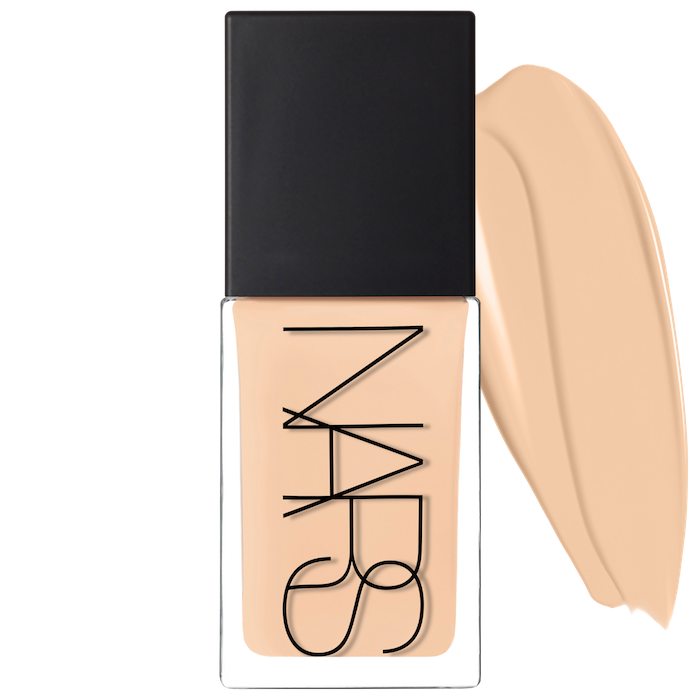
Coverage: Medium
Finish: Dewy
Shades: 36
This foundation contains good-for-skin ingredients like biomimetic oats, Japanese lilyturf, cacao peptides, and milk thistle to reduce the appearance of redness, support the skin barrier, and fend off environmental aggressors. Even though the formula feels runny and lightweight, it does an impressive job of disguising the redness on my cheeks and nose.
I only avoid it when it's exceptionally hot outside or I know I'll be sweating since, sometimes, the natural-to-dewy-looking finish can make me look a tad oily. That said, if you have dry skin, I highly recommend this.
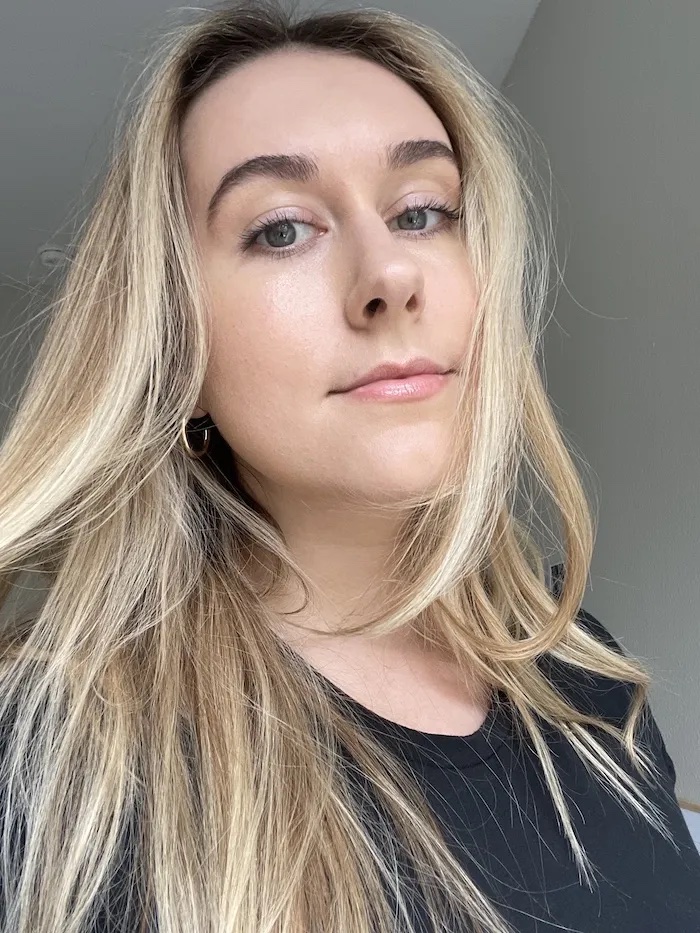
Associate beauty editor Kaitlyn McLintock wearing Nars Light Reflecting Foundation
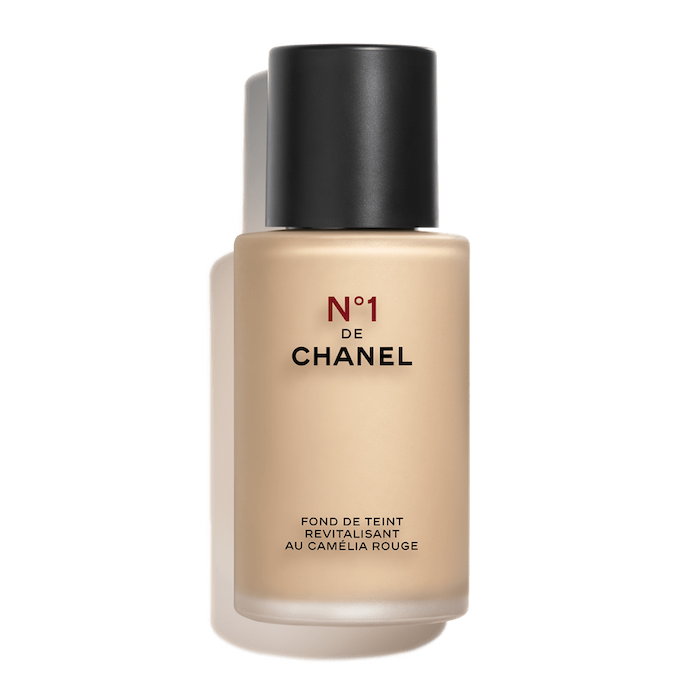
Coverage: Medium
Finish: Natural to dewy
Shades: 27
I hate to choose favorites. Actually, no I don't. For daily wear, this is definitely my favorite foundation out of the hundreds of formulas I've tested. It's lightweight, looks virtually undetectable on the skin, and gives my complexion a lit-from-within glow. It's so good that I keep two bottles in my makeup bag at all times lest I accidentally run out. Seriously, for a natural-looking foundation, it covers my uneven skin tone and redness like magic. Yes, it's expensive, but in my opinion, it's worth it.
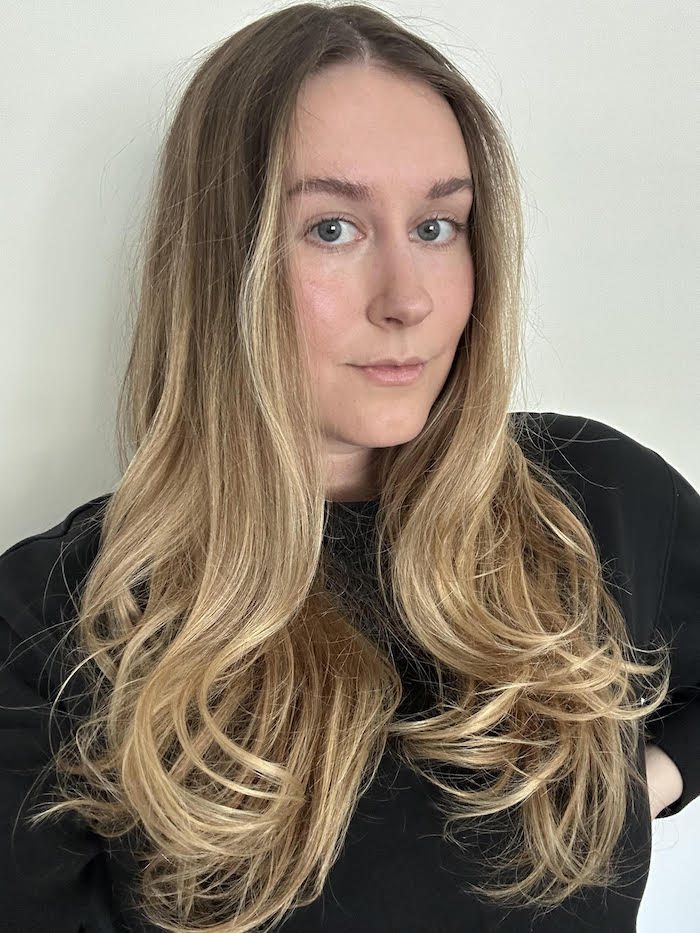
Associate beauty editor Kaitlyn McLintock wearing Chanel No1 De Chanel Revitalizing Foundation
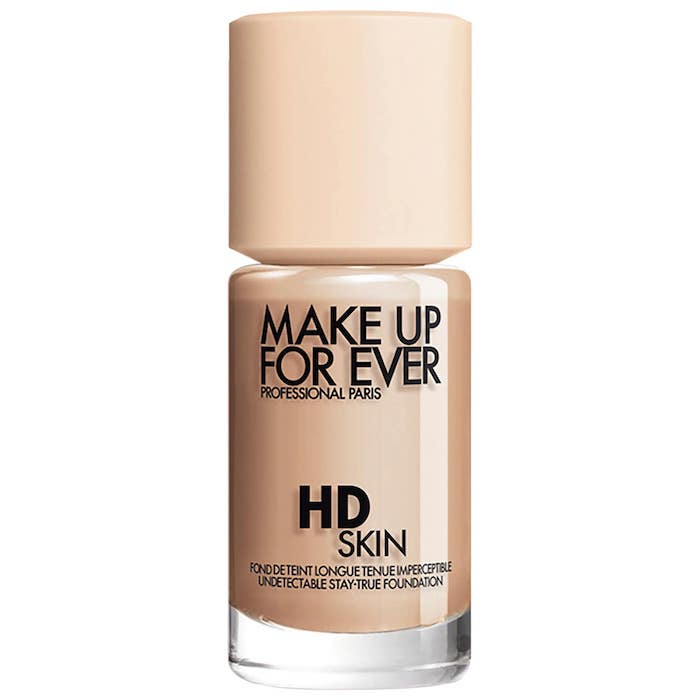
Coverage: Medium
Finish: Natural
Shades: 40
Suitable for all skin types, this foundation is a traditional liquid formula at first glance. But once you apply it and it dries down, it sets to an almost powder-like finish that won't smudge, smear, or transfer. The best part is that it blurs texture and looks like a second skin thanks to an innovative "micro-skin system" that syncs the makeup with the skin for an undetectable finish.
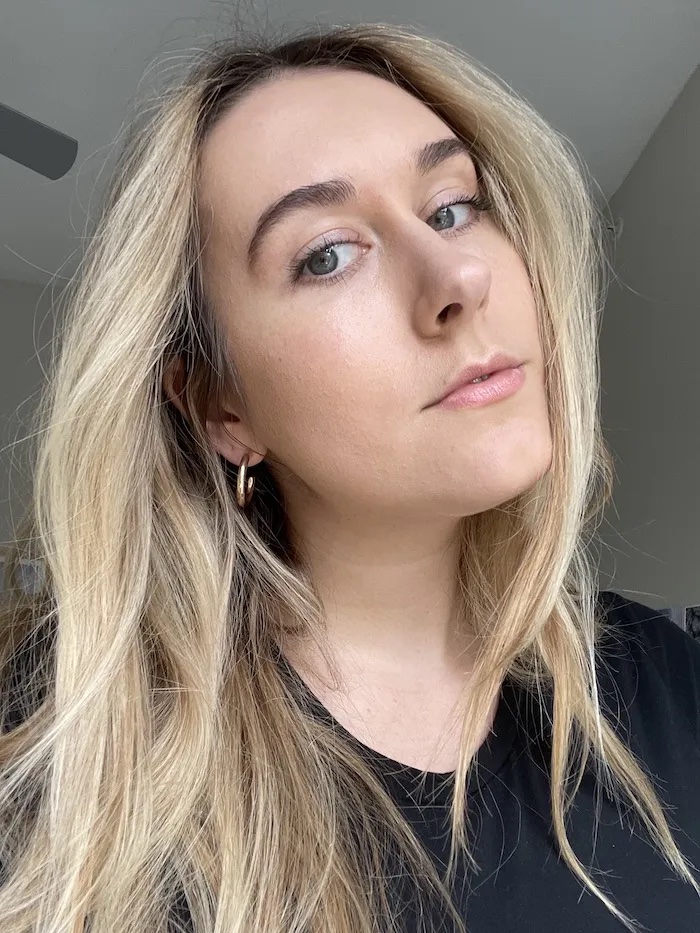
Associate beauty editor Kaitlyn McLintock wearing Make Up For Ever HD Skin Foundation
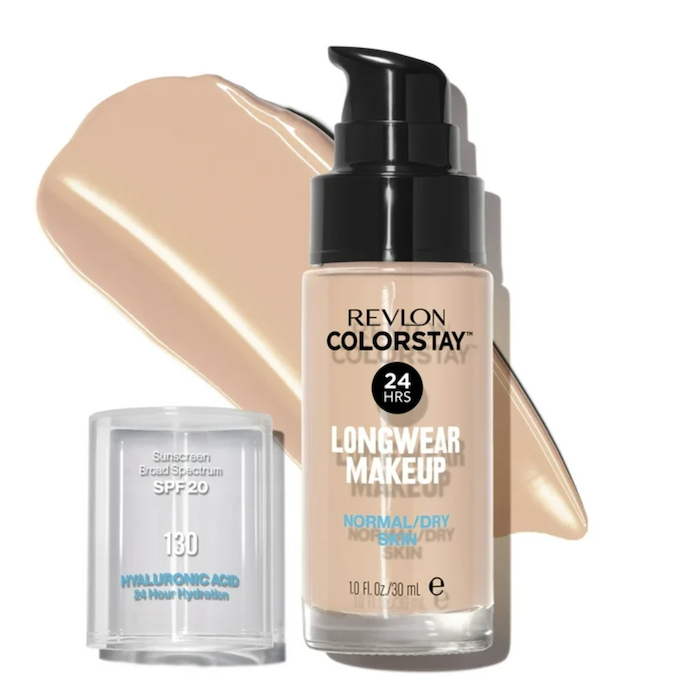
Coverage: Medium
Finish: Natural
Shades: 24
Another foundation I can't stop wearing, this one is a fraction of the price of others I love, yet it's just as good. Seriously, don't think that just because it comes from the drugstore it's somehow lesser than or not effective. It's actually quite the opposite. Even though it's easy on the wallet, this formula sinks into the skin and stays put all day long—up to 24 hours. Plus, it disguises rosacea better than other foundations that are triple its price. The last time I wore this, my friend asked, "Why does your skin look so good?" I was in the middle of a rosacea flare-up too. Enough said.
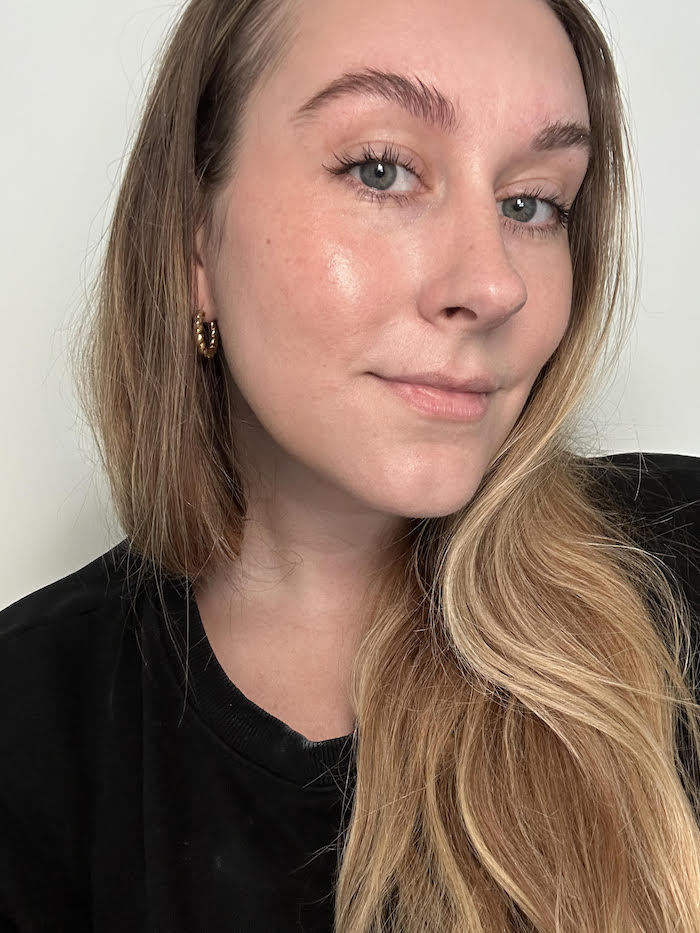
Associate beauty editor Kaitlyn McLintock wearing Revlon Colorstay Foundation
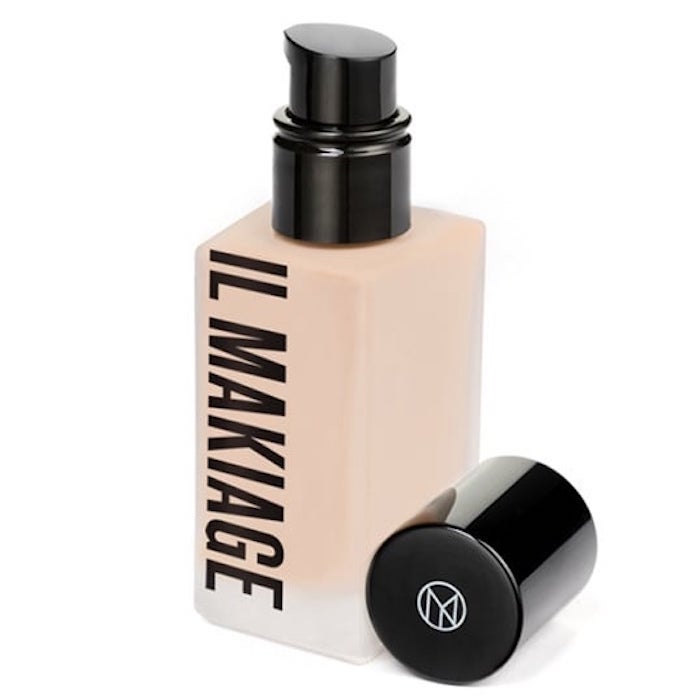
Coverage: Medium to high
Finish: Matte
Shades: 50
I randomly bought this foundation a few years ago after I saw an ad for it online. The ad was enticing, so I decided to give it a try, even though I had less-than-high expectations. (Anyone who's ever bought anything off Instagram or TikTok Shop knows what I mean.) However, when it arrived and I tapped it into my skin with a makeup sponge, I was floored—like, text-everyone-I-know-and-order-two-more-bottles-floored. Don't believe me? Check out my before and after pictures.
The matte finish is modern and lit from within. (Think of the TikTok-viral cloud skin trend.) The coverage is medium to high and buildable. It blurs pores and breakouts. It never settles into fine lines or highlights texture. And it covers redness so well you'll forget you have redness at all.
Try the brand's shade finder quiz. It's scarily accurate!
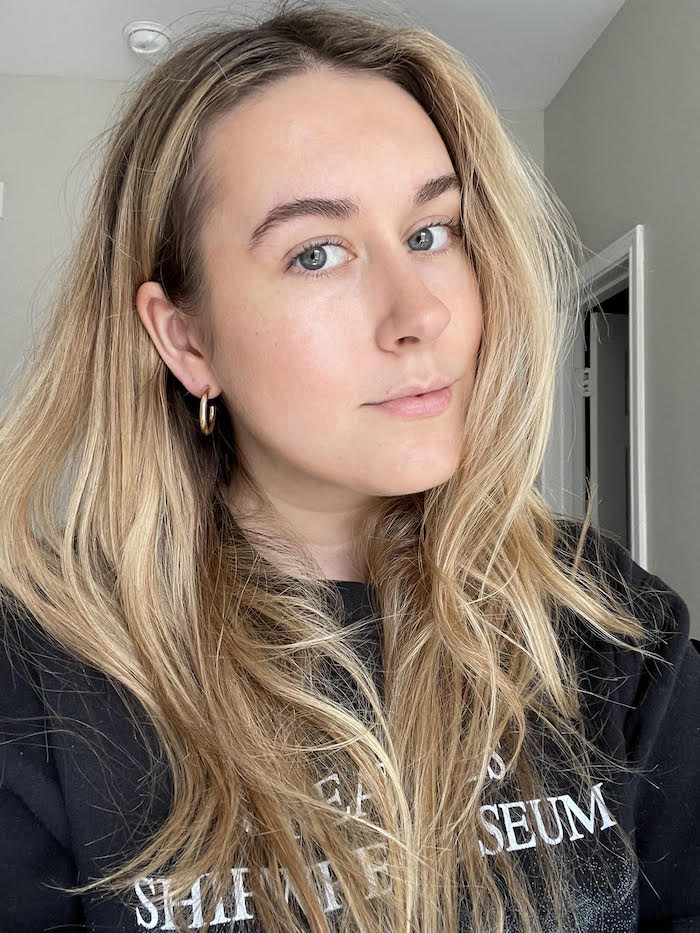
Associate beauty editor Kaitlyn McLintock wearing Il Makiage Woke Up Like This Flawless Base Foundation
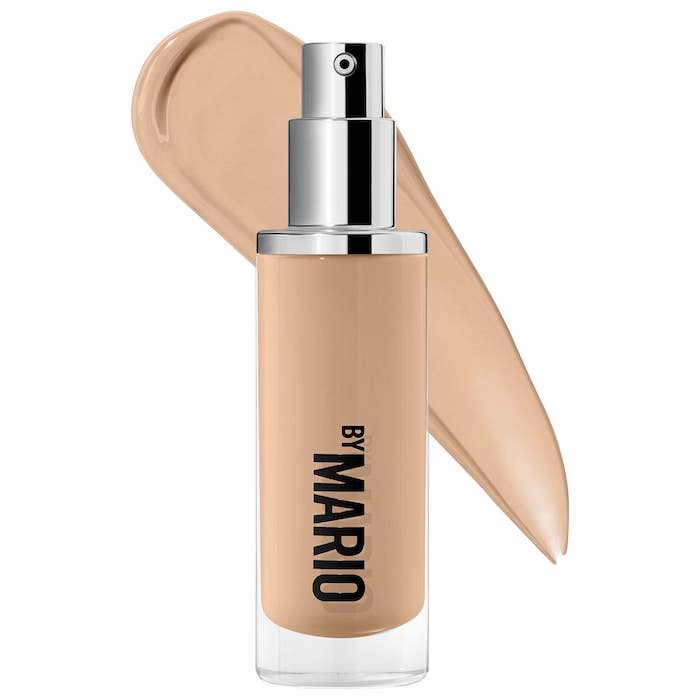
Coverage: Medium
Finish: Natural
Shades: 30
Let me cut right to the chase and say, yes, the hype is real with this foundation. It's breathable, luminous, and easily builds upon itself for adequate coverage. In my experience, I've found that this foundation is basically self-setting, meaning it won't budge for hours, and I don't need to constantly reapply powder to dull down the shine. I love how natural it makes my skin look.
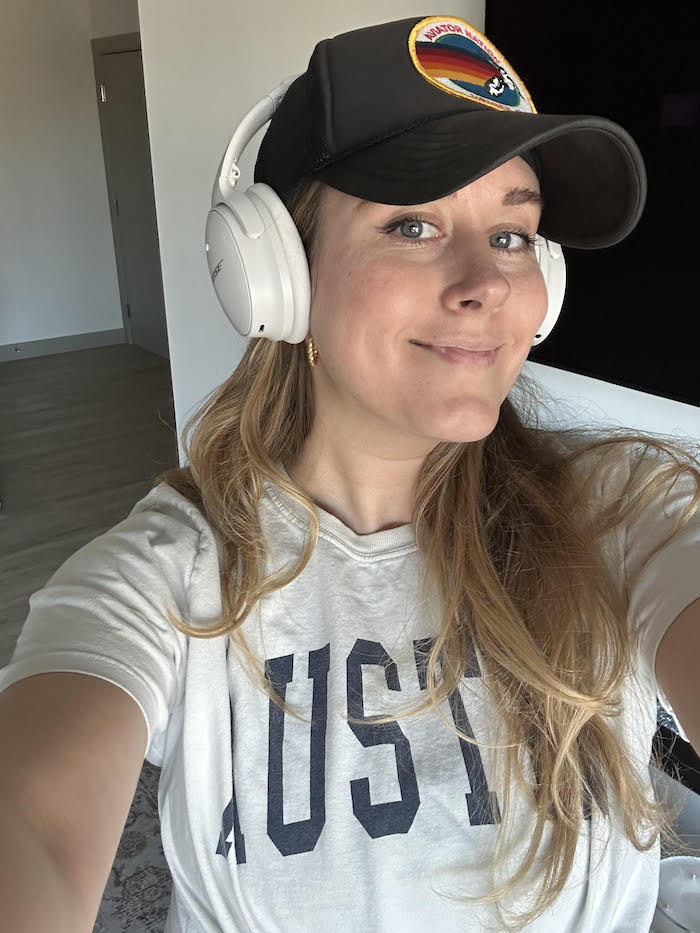
Associate beauty editor Kaitlyn McLintock wearing Makeup by Mario Surreal Skin Foundation
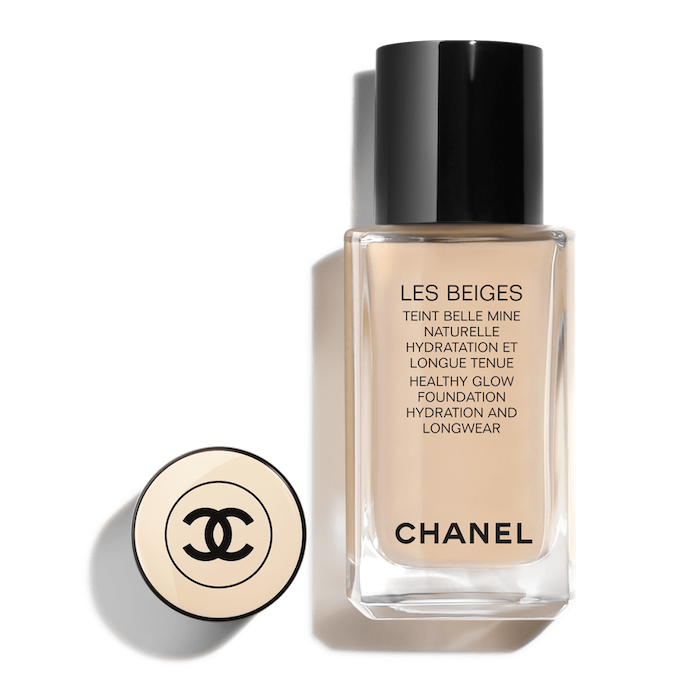
Coverage: Light to medium
Finish: Natural to dewy
Shades: 30
My second-favorite foundation for daily wear also comes from Chanel. This one offers light-to-medium coverage and a radiant finish thanks to light-reflecting pigments. Made of over 40% water, this foundation is incredibly hydrating and lasts up to 12 hours without budging or revealing any redness.
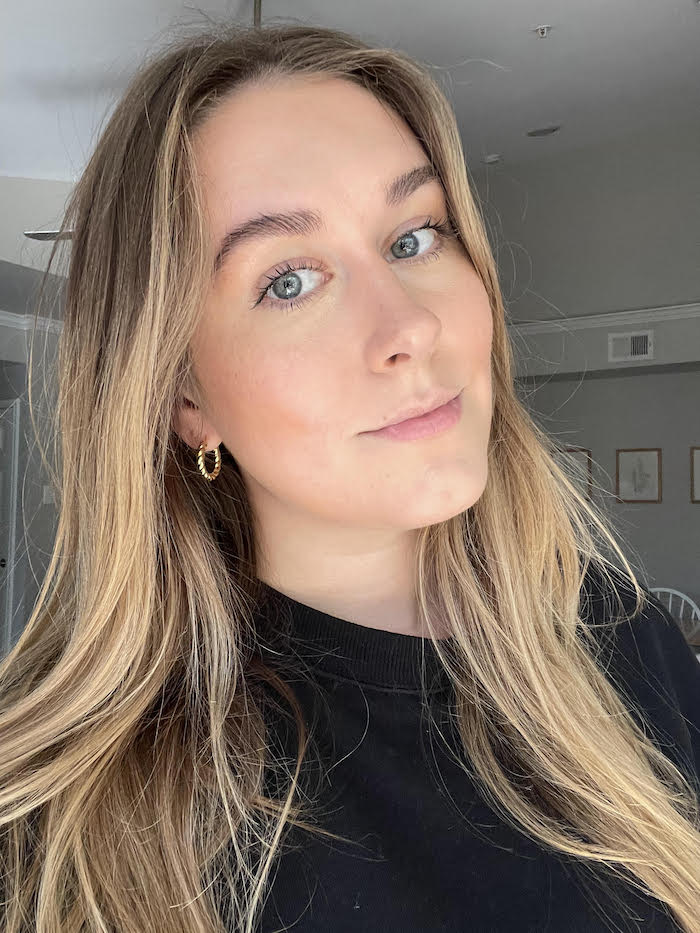
Associate beauty editor Kaitlyn McLintock wearing Chanel Les Beiges Foundation
5 More Foundations That Work for Rosacea
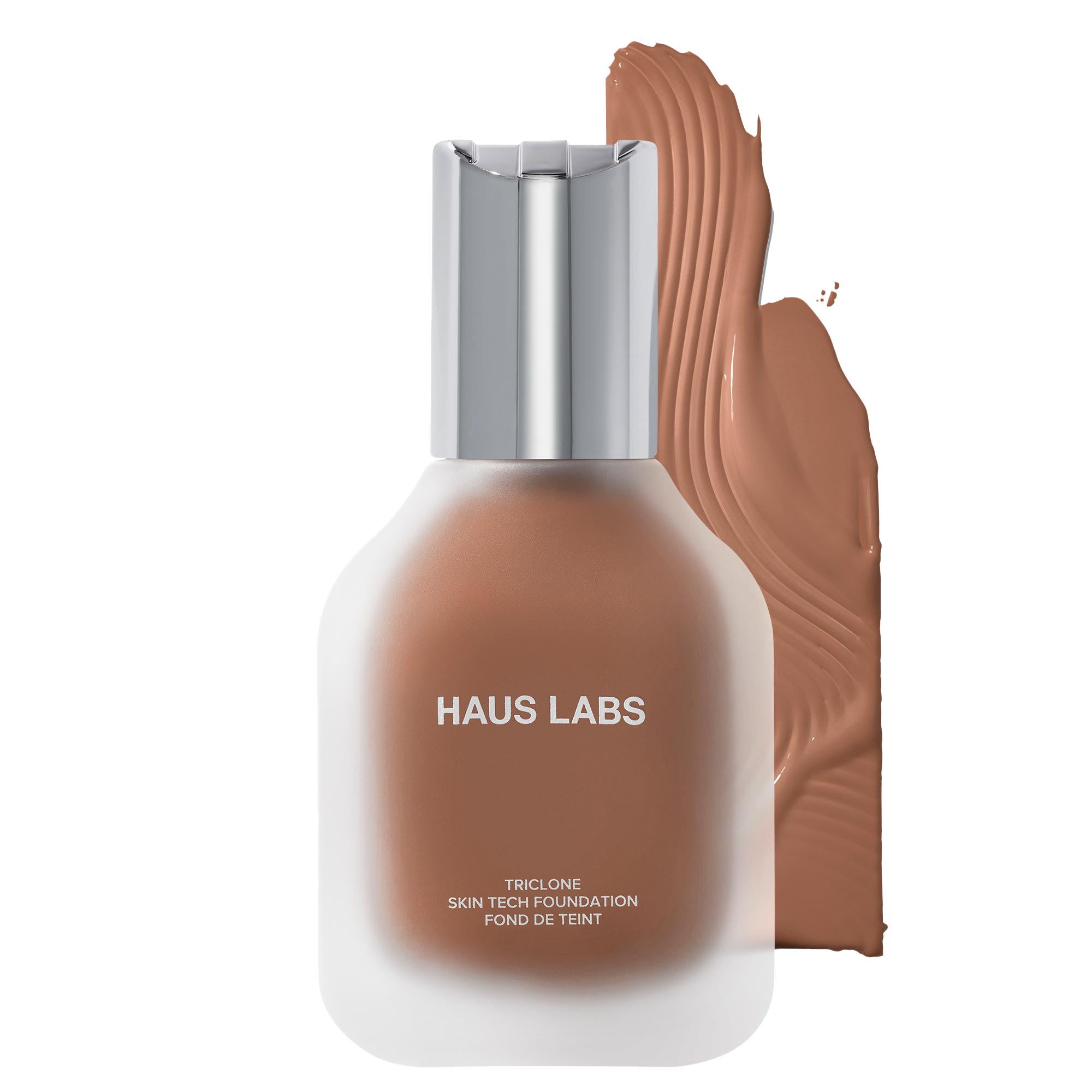
I implore you to check out Haus Labs if you haven't already. Lady Gaga's brand is full of can't-miss makeup gems, and this foundation is one of them. It covers redness, but it also contains fermented arnica, which is a skin-loving ingredient that actually reduces redness. Pretty cool, right?
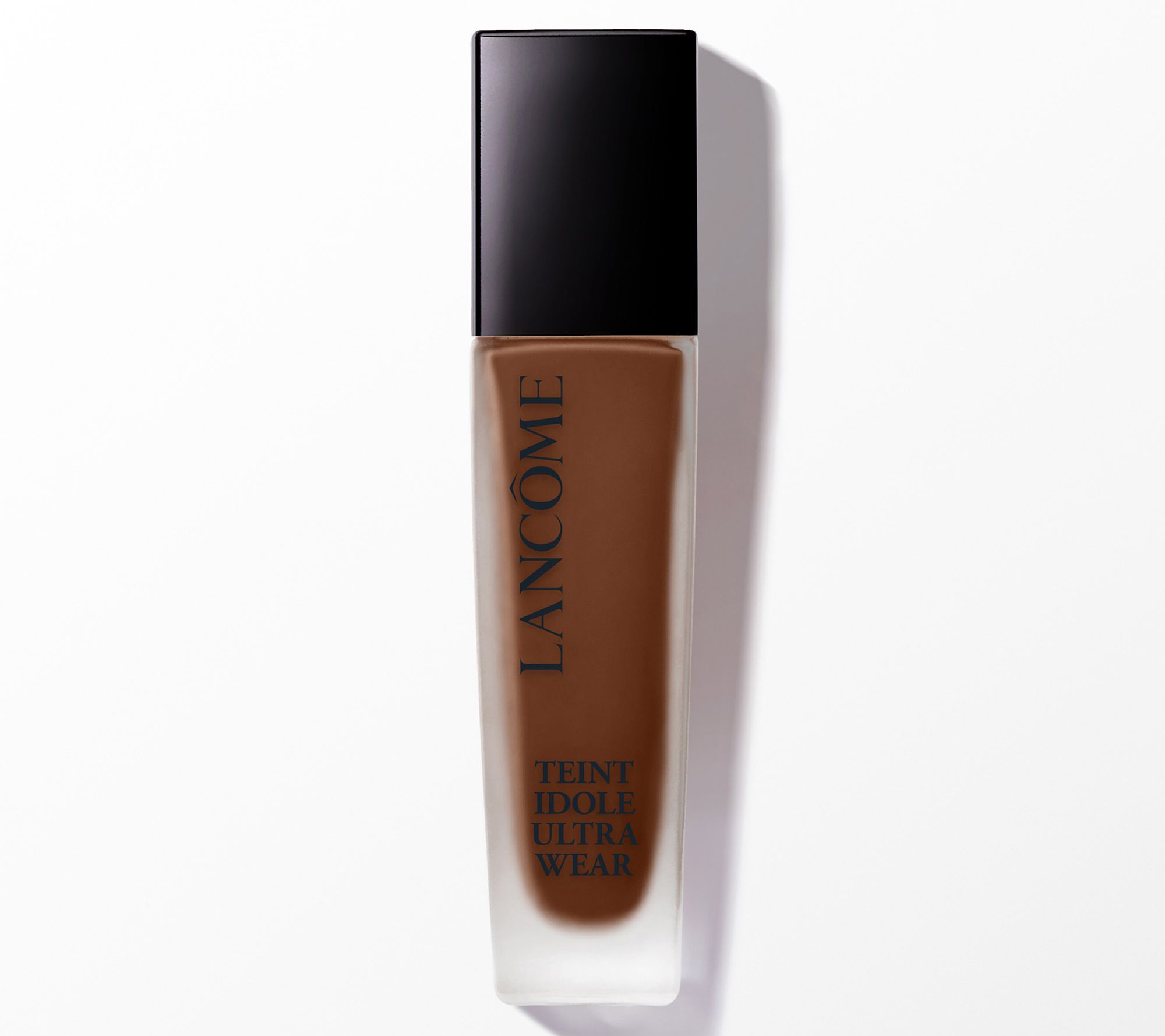
Personally, I'm not big on full-coverage foundations. I can appreciate them for big events or full-glam scenarios, but I avoid them on the daily for no other reason than I prefer a lighter, dewier look. With that being said, this is one of the few full-coverage options I keep in my collection. It's not overly heavy or cakey, and it covers redness.
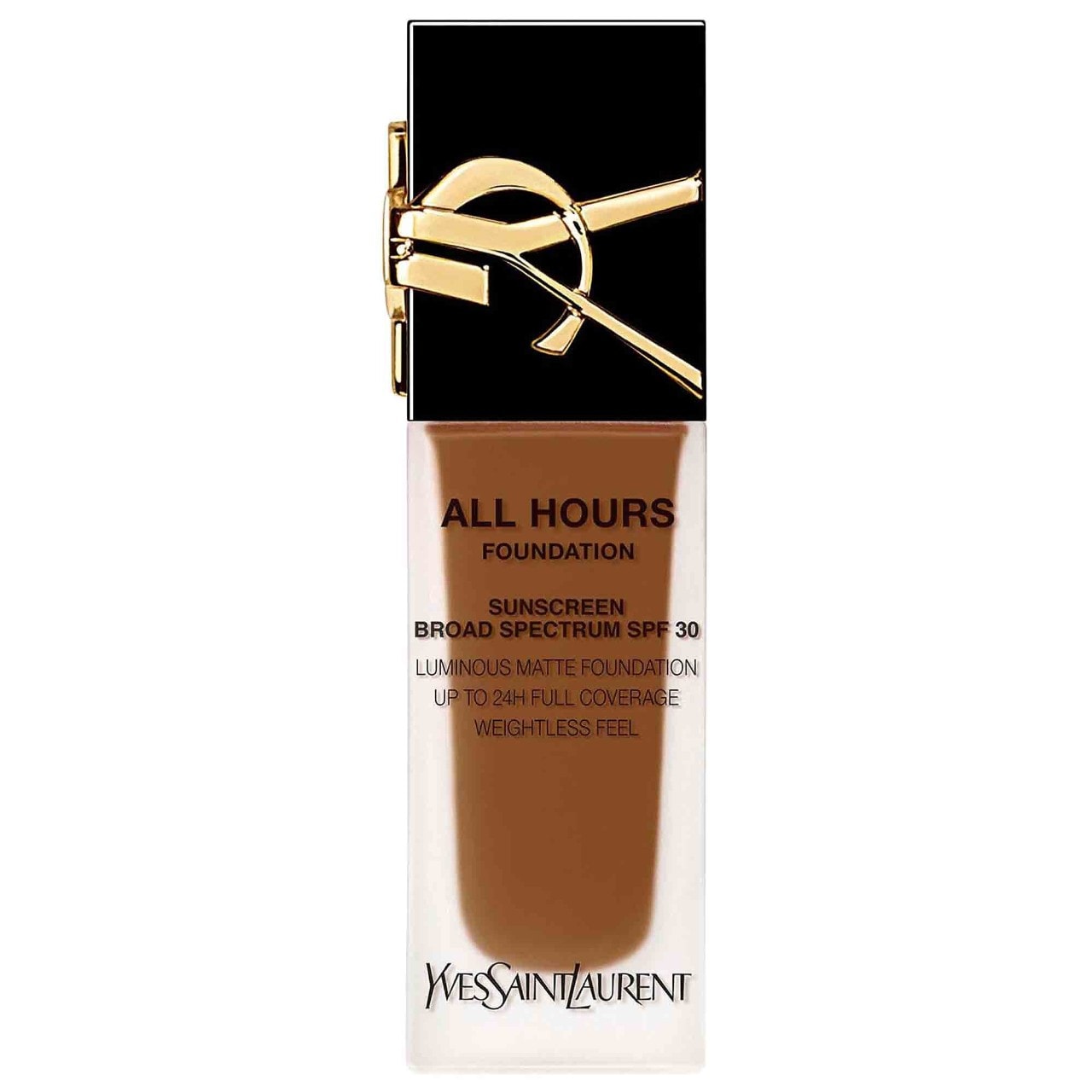
Another full-coverage formula I keep in my collection, this one protects against the sun with SPF 30, hydrates with hyaluronic acid, and stays put for up to 24 hours at a time. It also never looks powdery or cakey on the skin—just natural and luminous.
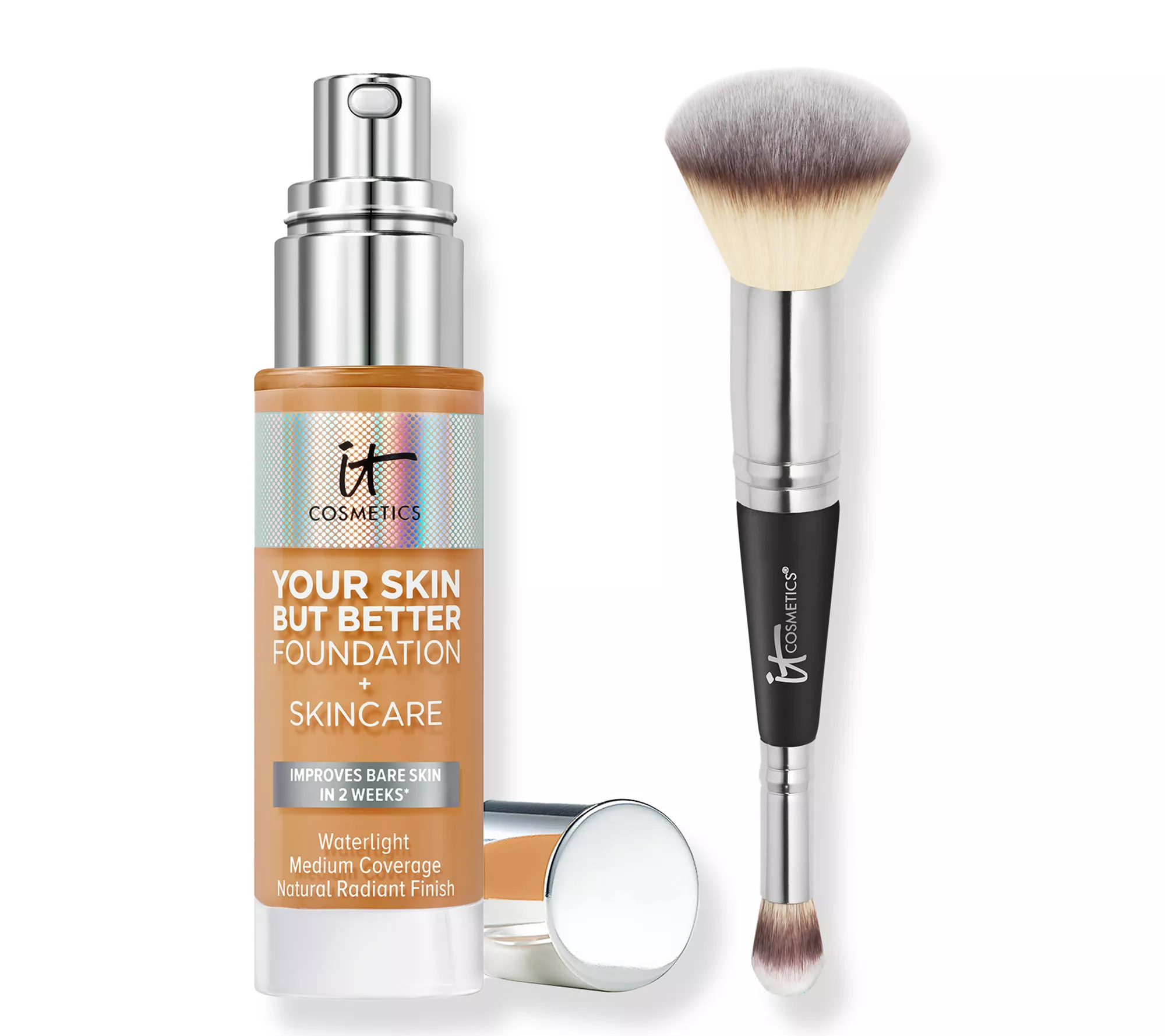
Here's another higher-coverage product. The brand says it's medium coverage, but I'd say you can build it for a true high-coverage result. I like that it has skin-loving ingredients like hyaluronic acid, aloe vera extract, and vitamins E and B5.
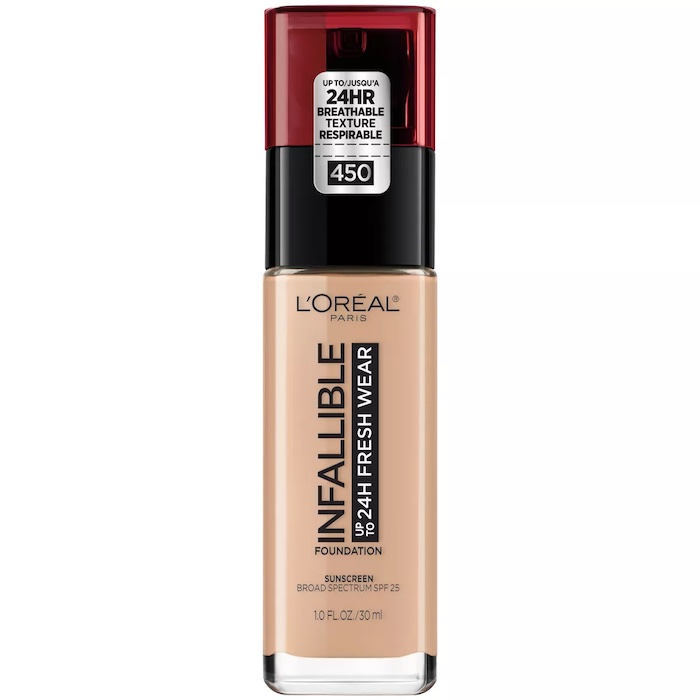
Even though the aforementioned Revlon Colorstay Foundation has my heart, this drugstore formula is a close second. It offers a fairly good range of shades and undertones, and it's lightweight and breathable and won't clog pores.
This article was published at an earlier date and has since been updated.

Kaitlyn McLintock is a Beauty Editor at Who What Wear. She has 10 years of experience in the editorial industry, having previously written for other industry-leading publications, like Byrdie, InStyle, The Zoe Report, Bustle, and others. She covers all things beauty and wellness-related, but she has a special passion for creating skincare content (whether that's writing about an innovative in-office treatment, researching the benefits of a certain ingredient, or testing the latest and greatest at-home skin device). Having lived in Los Angeles, California, and Austin, Texas, she has since relocated back to her home state, Michigan. When she's not writing, researching, or testing beauty products, she's working through an ever-growing book collection or swimming in the Great Lakes.
-
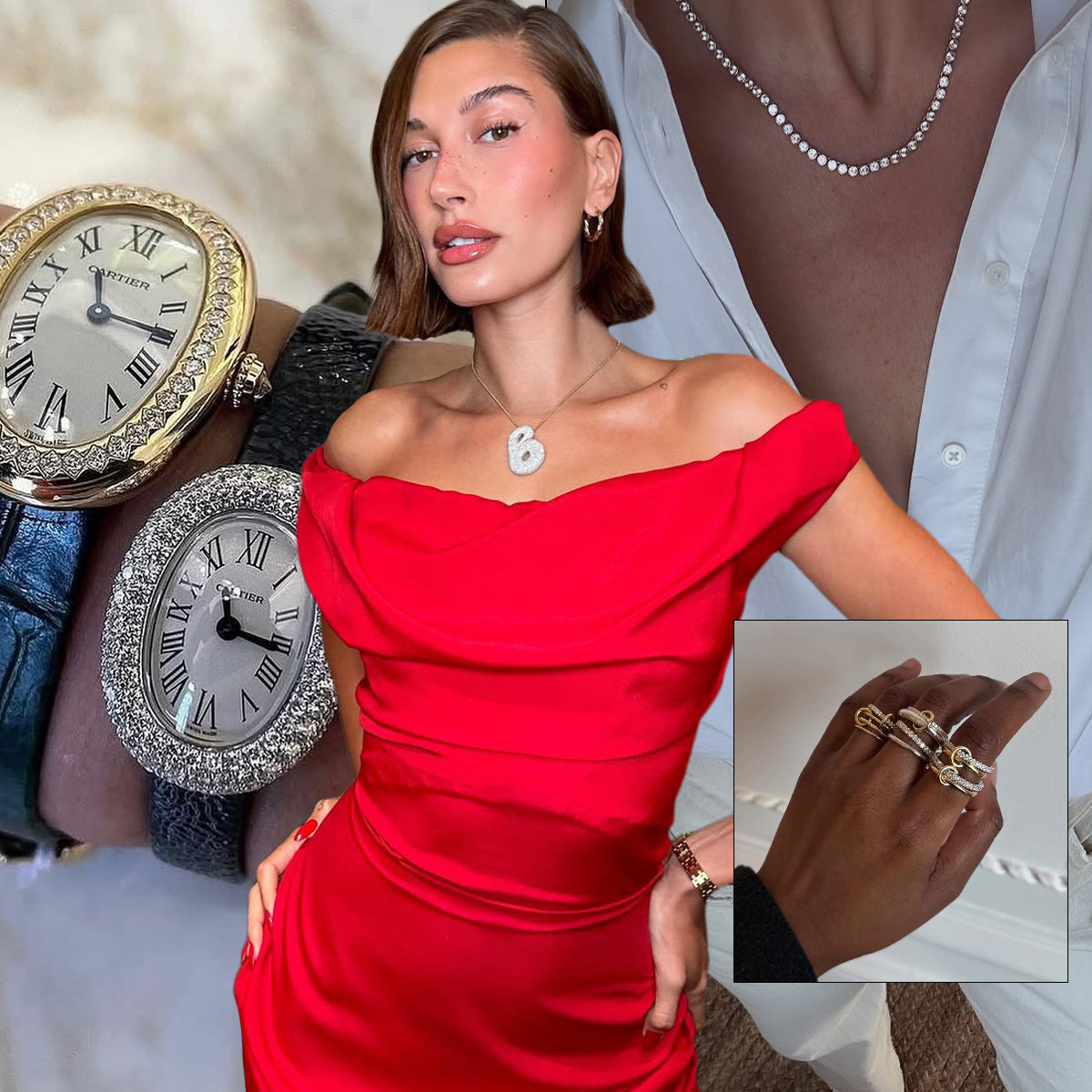 The Fine Jewelry Edit: 29 Hero Pieces That Complete a Luxury Wardrobe
The Fine Jewelry Edit: 29 Hero Pieces That Complete a Luxury WardrobeFrom timeless tennis bracelets to Hailey Bieber-inspired initial pieces.
By Anna LaPlaca
-
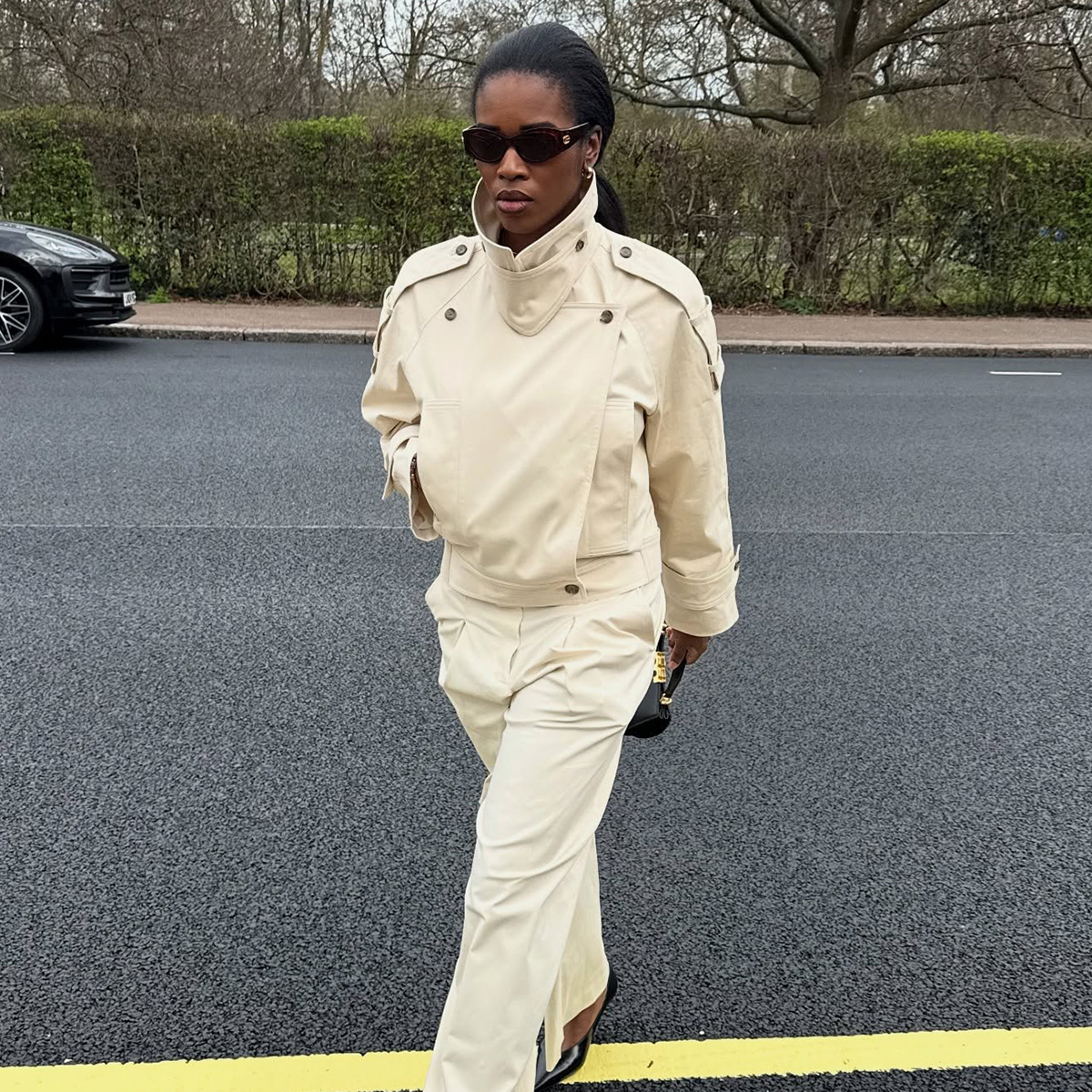 It's "All You Need Is a Light Jacket" Season—These 24 From Free People, Zara, and Mango Are 5-Star Candidates
It's "All You Need Is a Light Jacket" Season—These 24 From Free People, Zara, and Mango Are 5-Star CandidatesEnsure your spring outerwear is in check.
By Nikki Chwatt
-
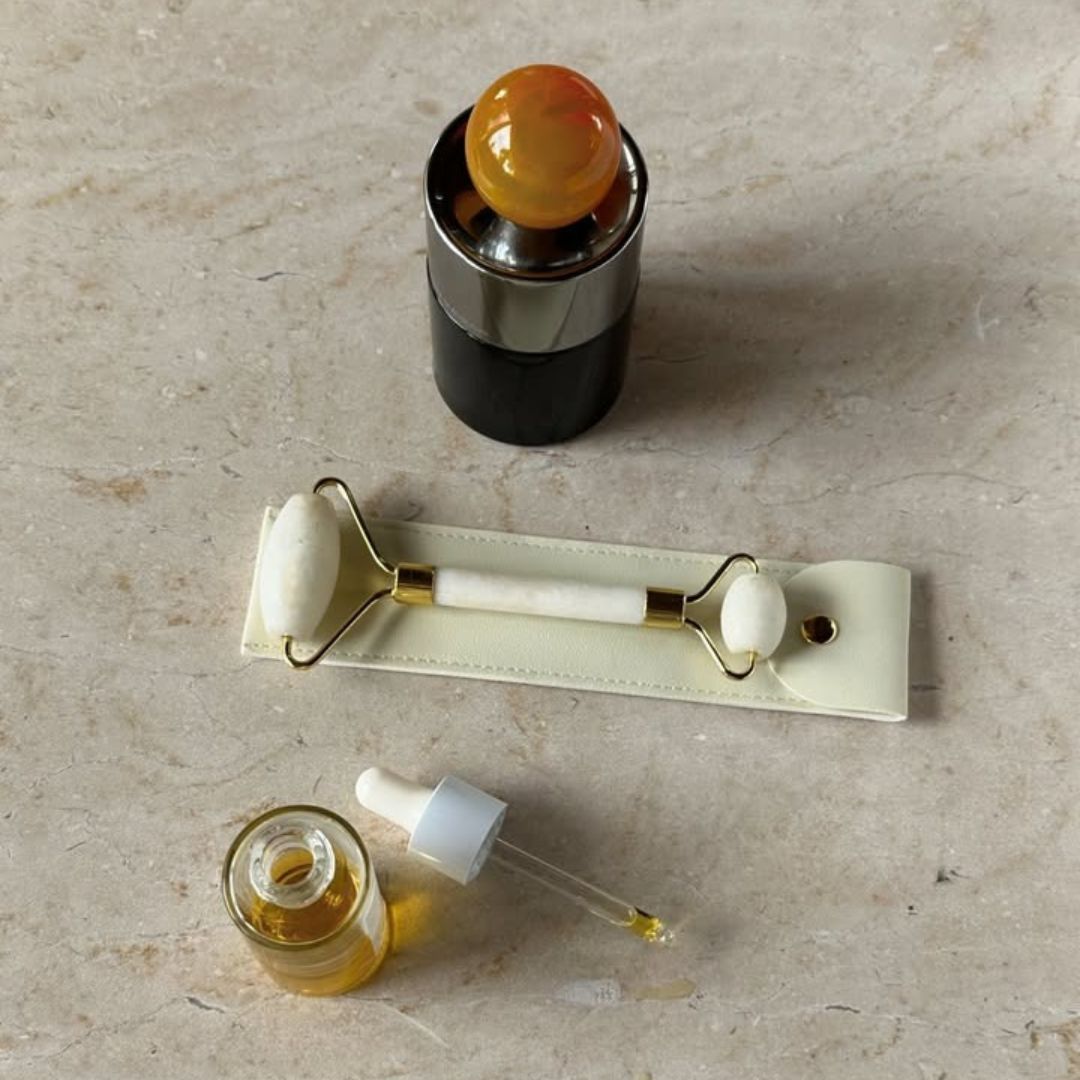 The Numbers Don't Lie—WWW Readers Shop These 11 Products the Most, and They're on Sale RN
The Numbers Don't Lie—WWW Readers Shop These 11 Products the Most, and They're on Sale RNSaving on your faves is basically a profit… It's girl math.
By Alyssa Brascia
-
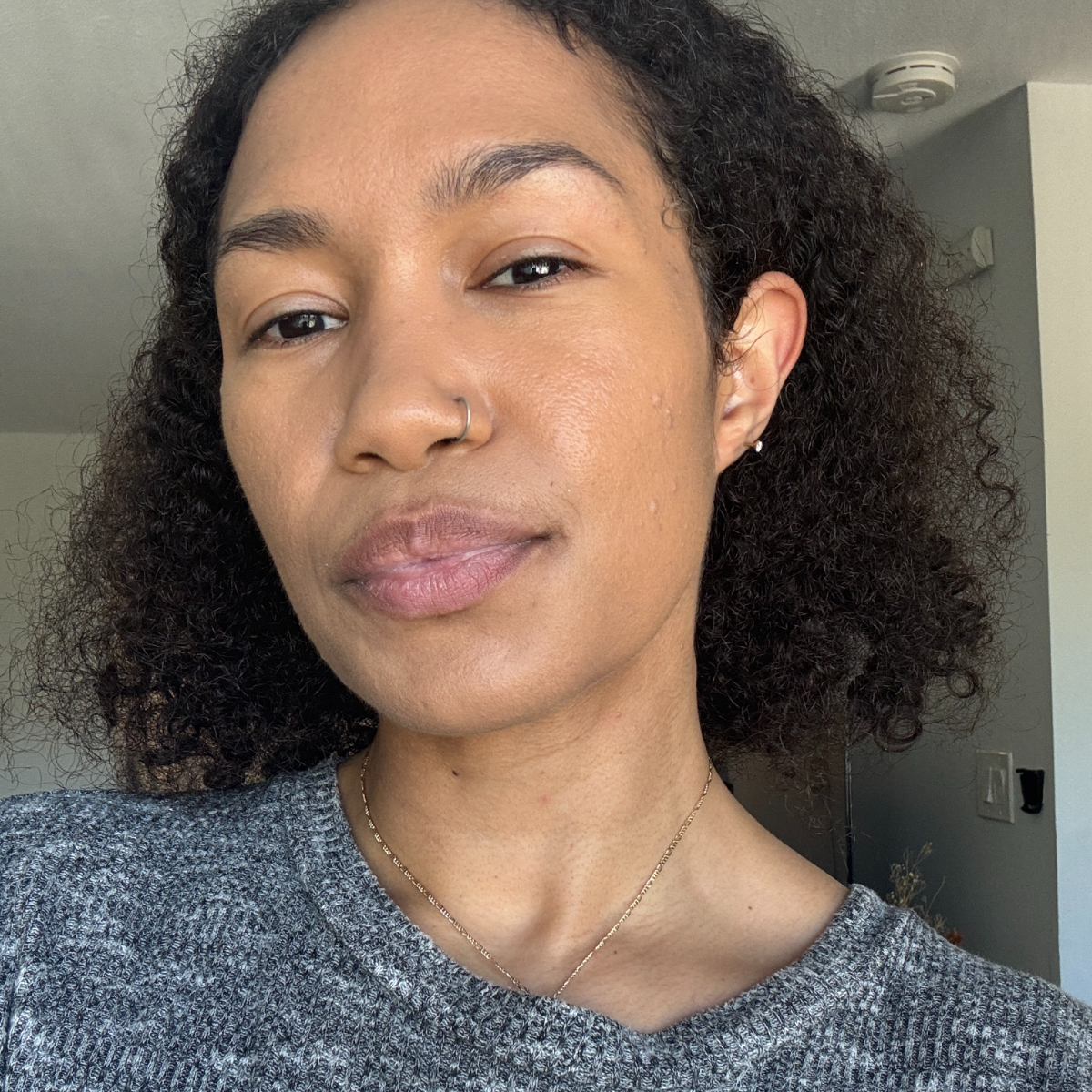 Maybe I'm Dramatic, But This New Foundation Is the Best Thing That's Ever Happened to My Acne-Prone Skin
Maybe I'm Dramatic, But This New Foundation Is the Best Thing That's Ever Happened to My Acne-Prone SkinBRB, writing it a million love poems.
By Shawna Hudson
-
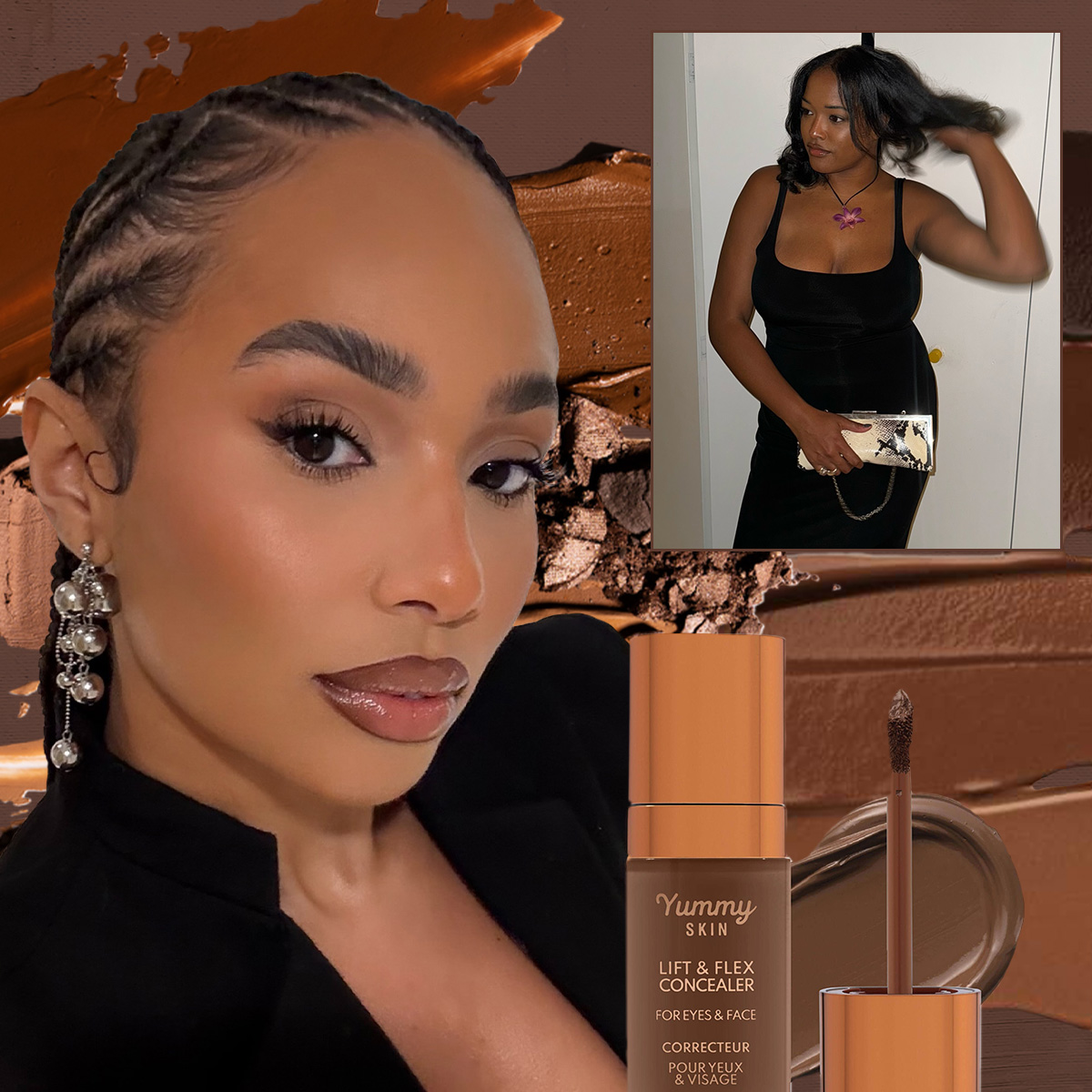 Black Beauty Brands Set the Standard for Inclusive Shade Ranges—These Industry Experts Are Leading the Charge
Black Beauty Brands Set the Standard for Inclusive Shade Ranges—These Industry Experts Are Leading the ChargeIt's not marketing; it's mandatory.
By Kaitlyn McLintock
-
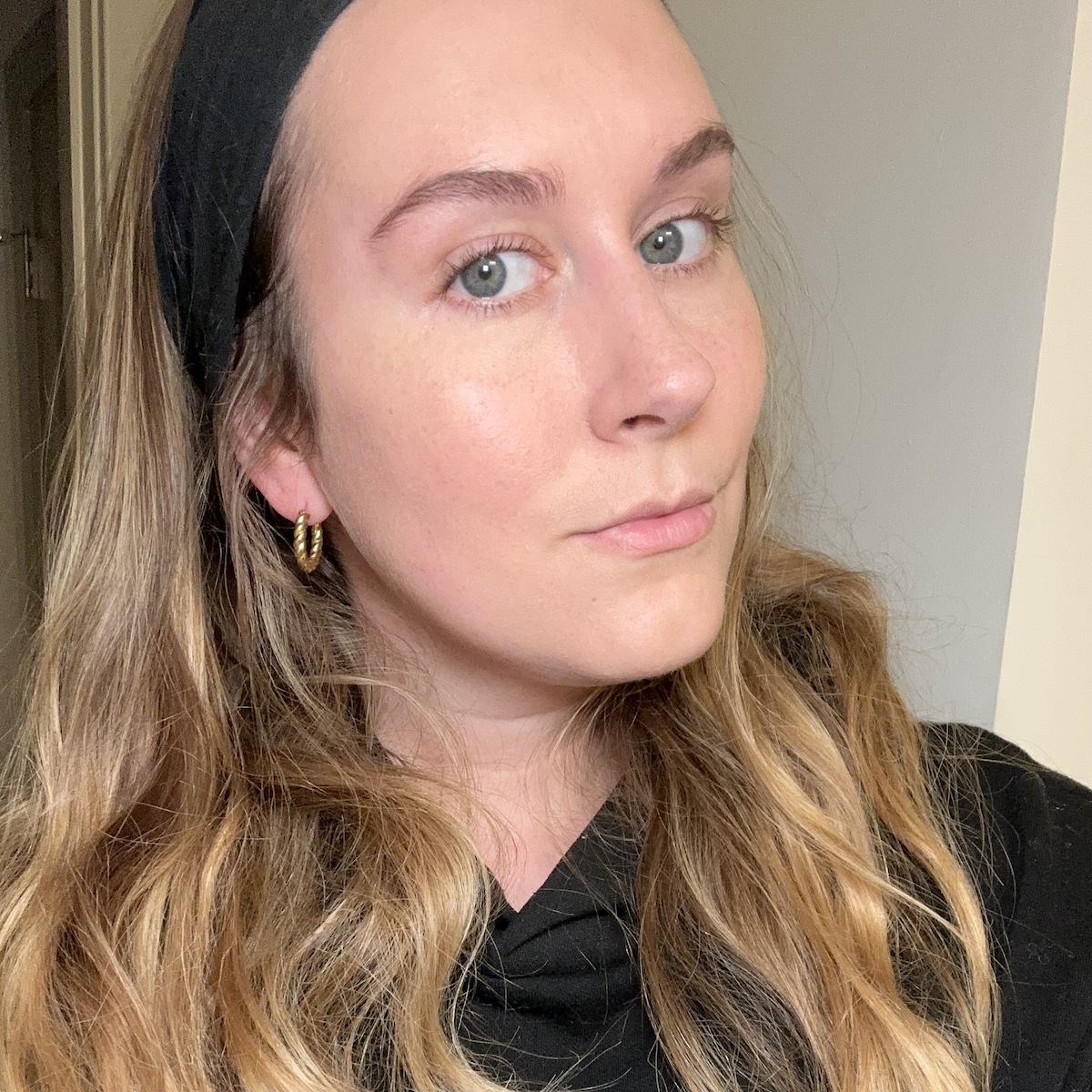 I'm Done Gatekeeping—This Little-Known Foundation Is My Secret to Flawless Skin
I'm Done Gatekeeping—This Little-Known Foundation Is My Secret to Flawless SkinI've been using it for over three years.
By Kaitlyn McLintock
-
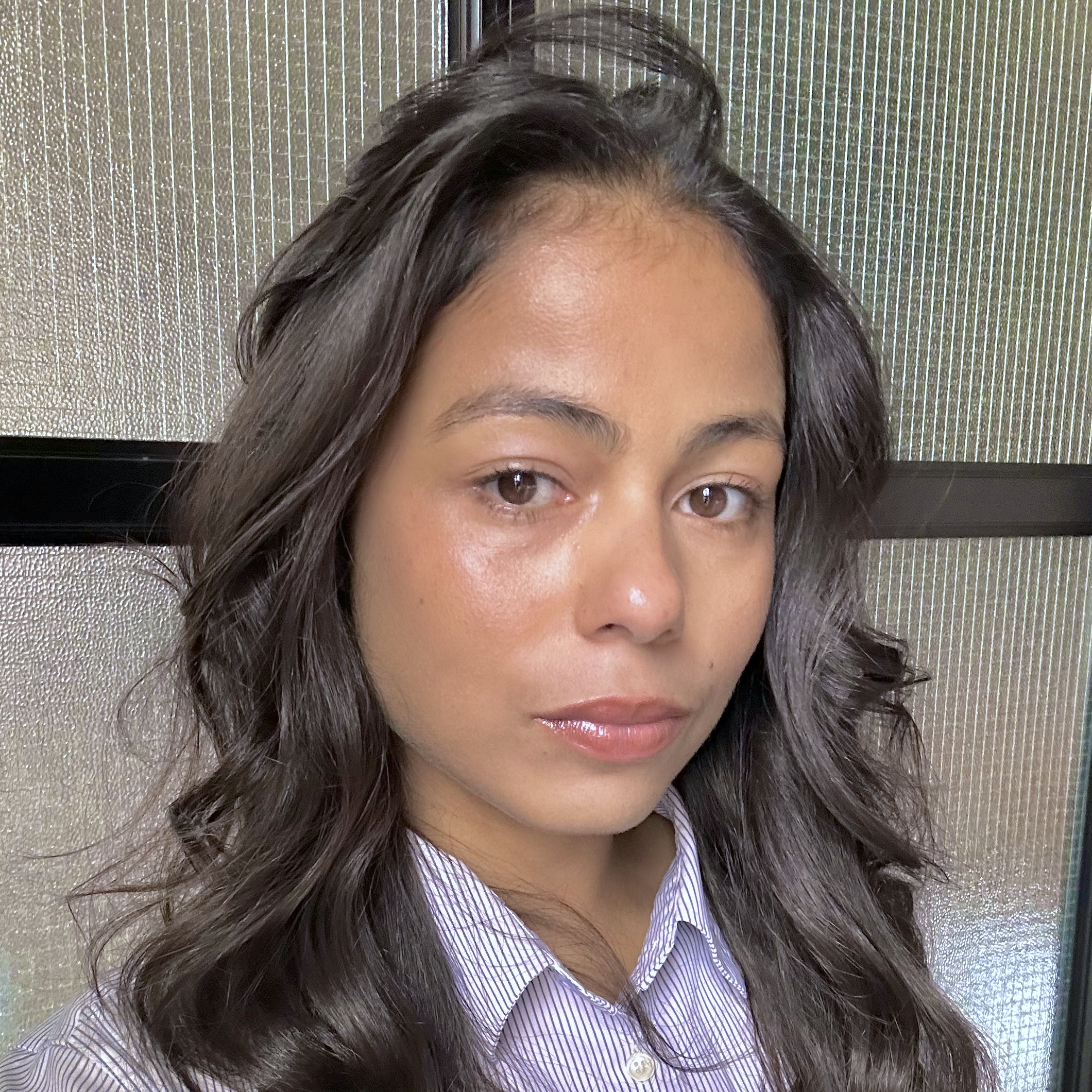 No Lie—This Glowy Base Product Is the Reason My Skin Looks Like I Get Weekly Facials
No Lie—This Glowy Base Product Is the Reason My Skin Looks Like I Get Weekly FacialsLuminous skin, right this way.
By Morgan Fargo
-
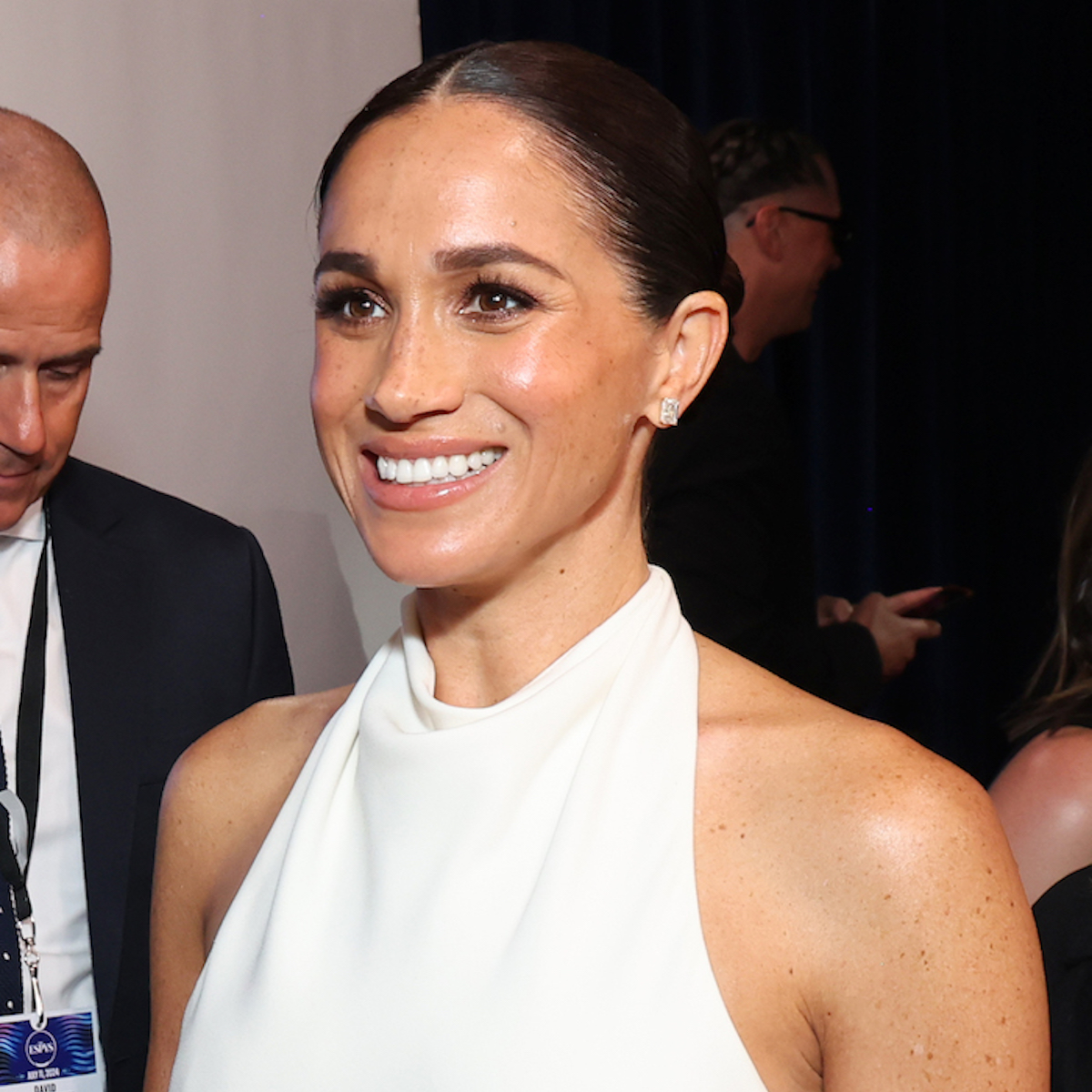 This Undetectable (and Underrated) Foundation Is Meghan Markle's Secret to Flawless Skin
This Undetectable (and Underrated) Foundation Is Meghan Markle's Secret to Flawless SkinAnd it's available on Amazon…
By Kaitlyn McLintock
-
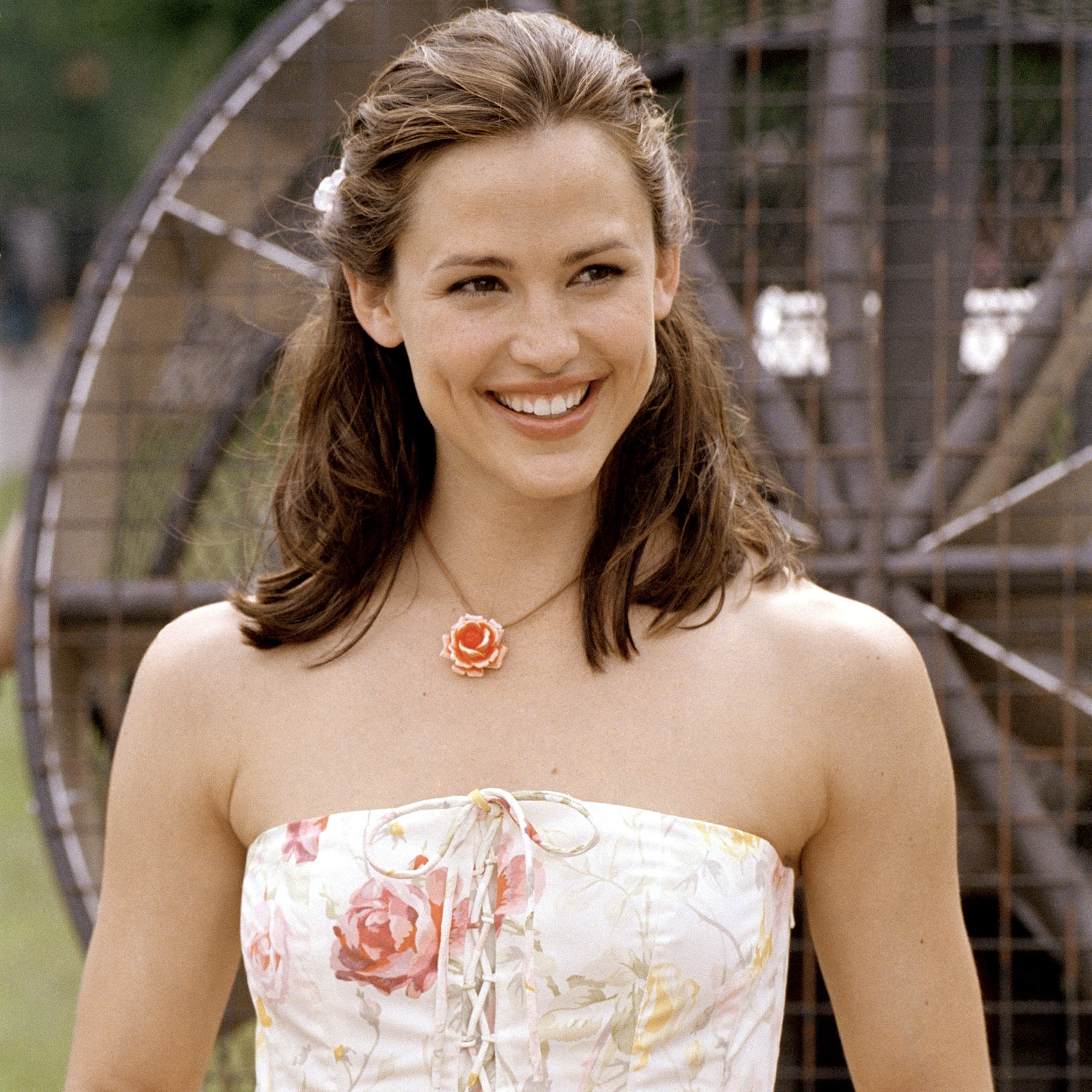 From Jenna Rink to Andie Anderson—Here's Every Trending Rom-Com Makeup Look Step-by-Step
From Jenna Rink to Andie Anderson—Here's Every Trending Rom-Com Makeup Look Step-by-StepAn ode to the original lover girls.
By Maya Thomas
-
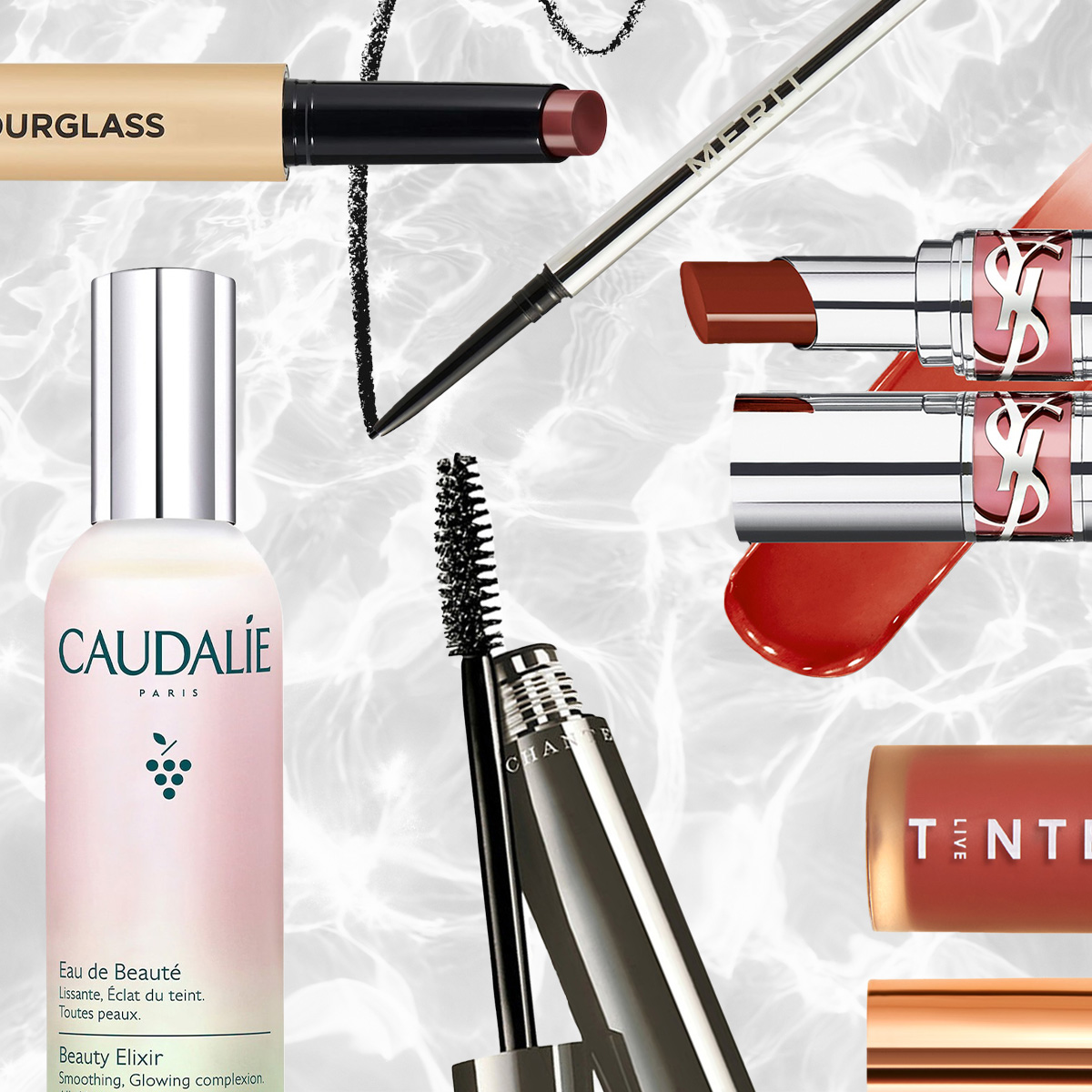 21 Humidity-Proof Makeup Products I'm Using to Brave My First Sweaty NYC Summer
21 Humidity-Proof Makeup Products I'm Using to Brave My First Sweaty NYC SummerMakeup to defy all odds.
By Maya Thomas